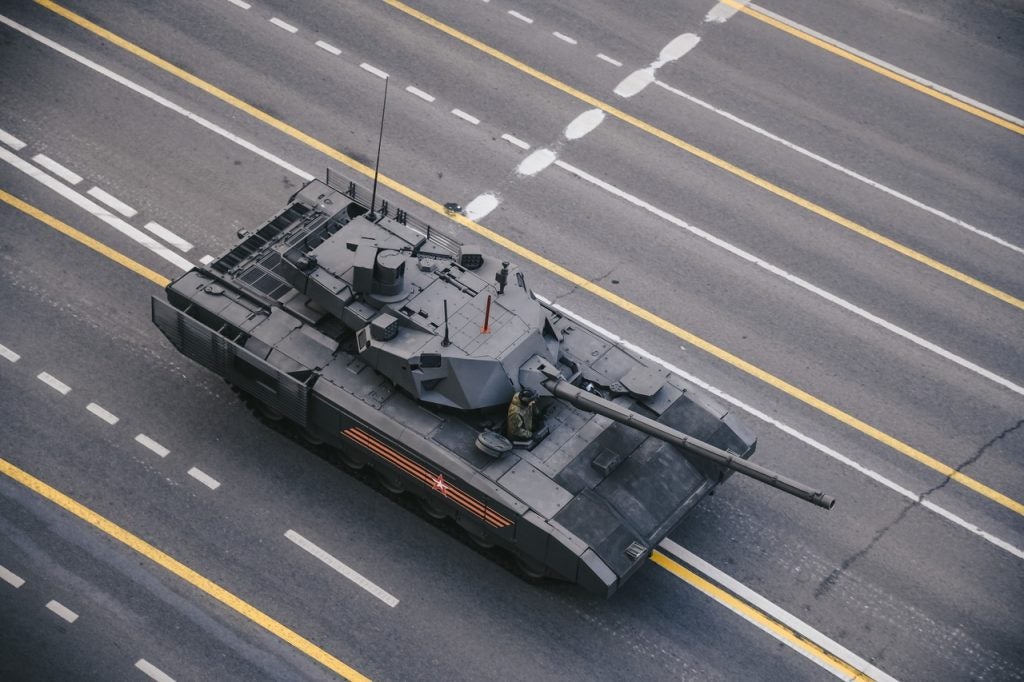T-14 Armata Trialed in Unmanned Configuration
Russian state media has reported that the T-14 Armata main battle tank has been trialled in an unmanned configuration. RIA Novosti cites a source in the Russian military-industrial complex, although details on the nature of the trials or the T-14’s performance were not disclosed.
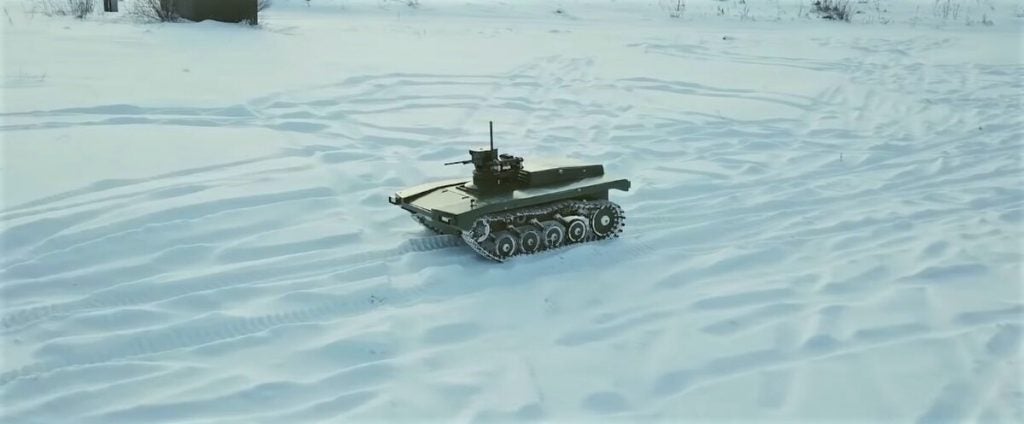
The Russian military is no stranger to unmanned ground vehicles, with a variety of unmanned ground vehicles currently undergoing trials. UralVagonZavod, the manufacturer of the T-14, has previously announced that it was developing unmanned ground vehicles based on the T-72B3, although little has been said following the initial announcement. Experience gained through trials of a remotely controlled T-14 could inform further design of those or vice versa, as well as lessons learned from the Uran-9’s trialling in Syria.
This announcement comes after a previous RIA Novosti feature on improvements made to the T-14 design since its unveiling in 2015. According to Viktor Murakhovsky, a member of the Russian military industrial complex’s expert council, one of the most important improvements was that of the A-85-3 X-shaped diesel engine, which while initially capable of the power output required, was not sufficiently reliable and hence needed to be handled gently. The improved engine now meets the reliability requirements, albeit with a peacetime governor to reduce wear. The engine can produce up to 1800 horsepower with the governor removed, with the peacetime governor limiting it to 1200 horsepower.
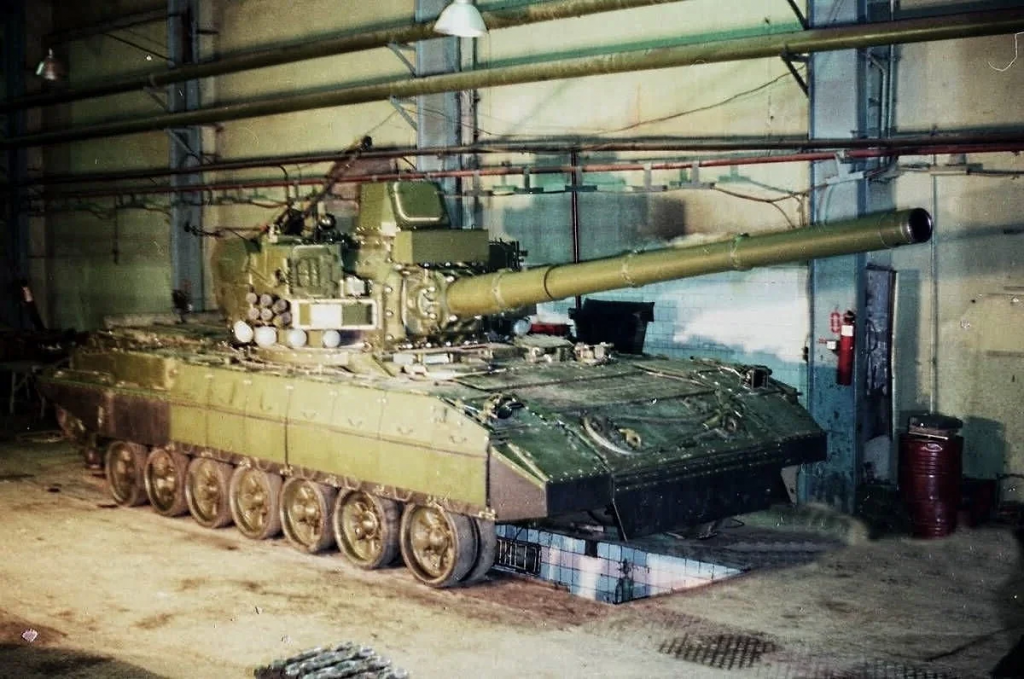
Other issues encountered included the need to domestically build IR sights comparable to previously imported French IR sights for the fire control system instead of importing more sights, as well as having to design and build ammunition for the Armata’s main gun from scratch. Interestingly, Murakhovsky credits the reuse of technical solutions used on the Object 195 prototype for the “ease” of T-14 development, going so far as to say that the T-14 would exist “only on paper” or as a single prototype if not for the Object 195.
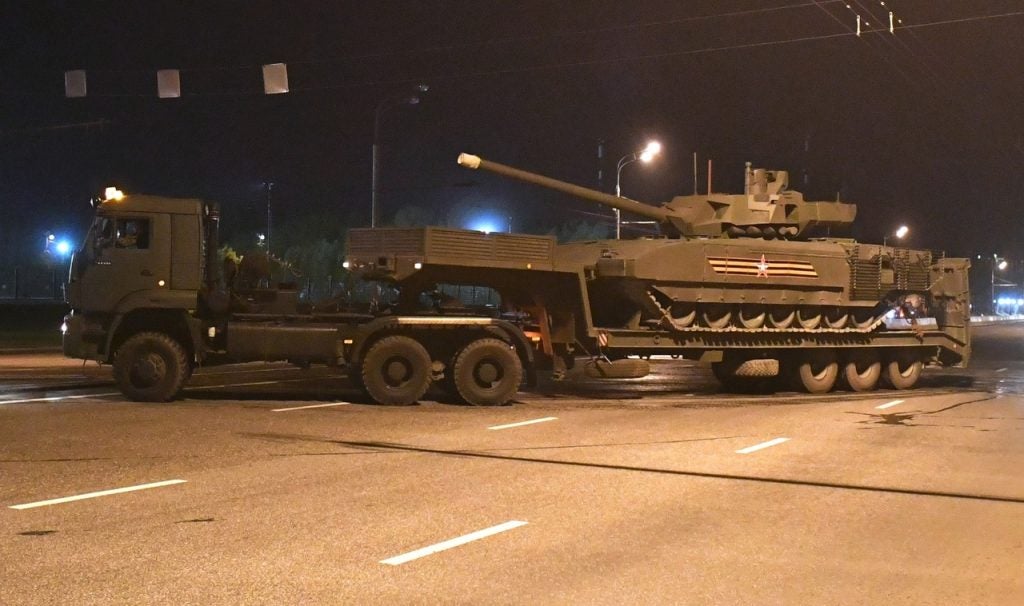
While large strides are claimed to have been made since 2015, these improved T-14s have been largely confined to military proving grounds with the occasional appearance on state television. The T-14s appearing on Victory Day parades are unchanged since 2015, unlike its T-15 heavy infantry fighting vehicle sibling. That unmanned trials would be attempted instead of trying to factor the “improved” version for production would suggest that the T-14 is now being developed in a concurrent fashion, or that the tank is now being developed as a pure technology testbed with lessons learned filtering down into the T-90M and other modernizations of the current Russian tank fleet like the T-80BVM. This hasn’t deterred the Russian government from promoting it for export, perhaps with the hope that sufficient export orders can drive down unit costs enough to avoid the latter possibility.
In related news, Lenta.ru reports that the Russian Ministry of Defence has announced their preliminary findings into the breakdown of a Bumerang IFV taking part in the Moscow Victory Day parade, stating that it was caused by oil leaking onto the engine exhaust manifold and igniting.
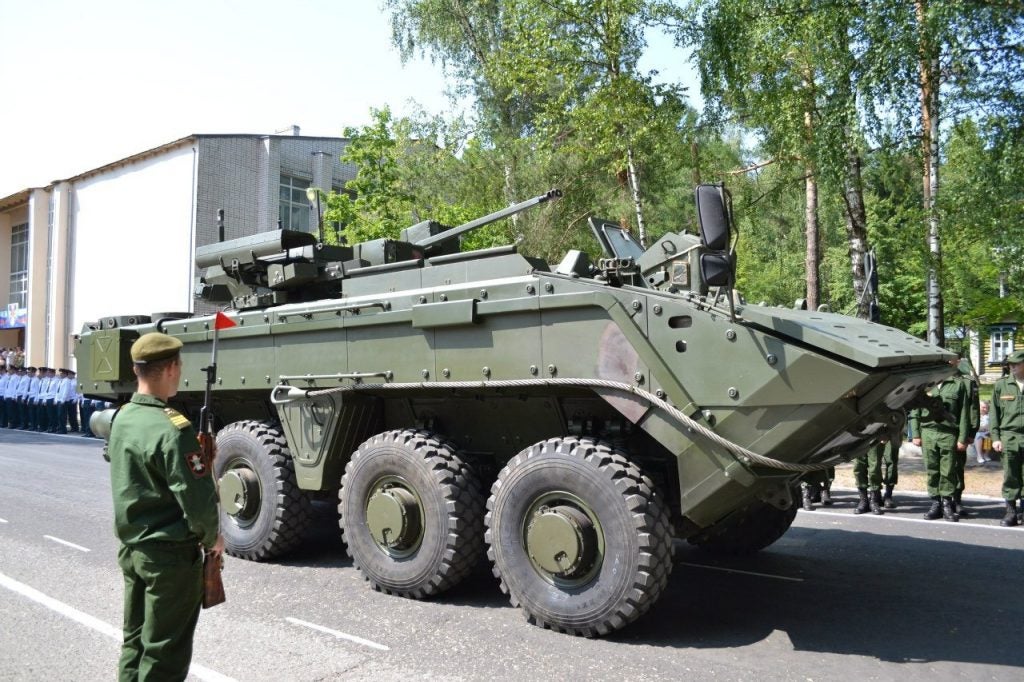
While it is claimed that the cause of the malfunction has been rectified, it should be noted that much like the T-14, there are mechanical differences between the parade vehicles and those currently undergoing trials. However, the latter similarly does not currently appear to exist in significant numbers and is definitely far from production-ready.

